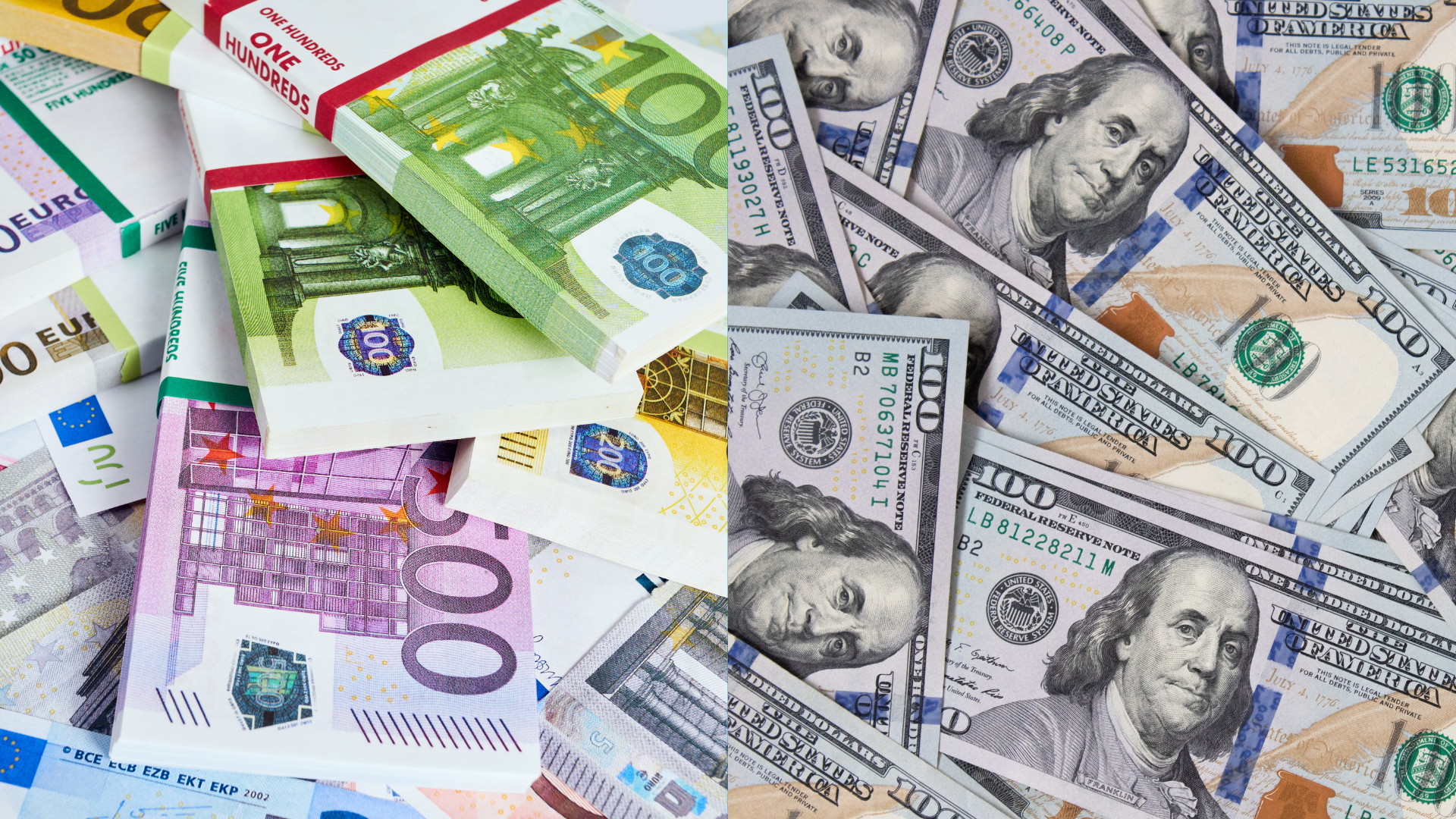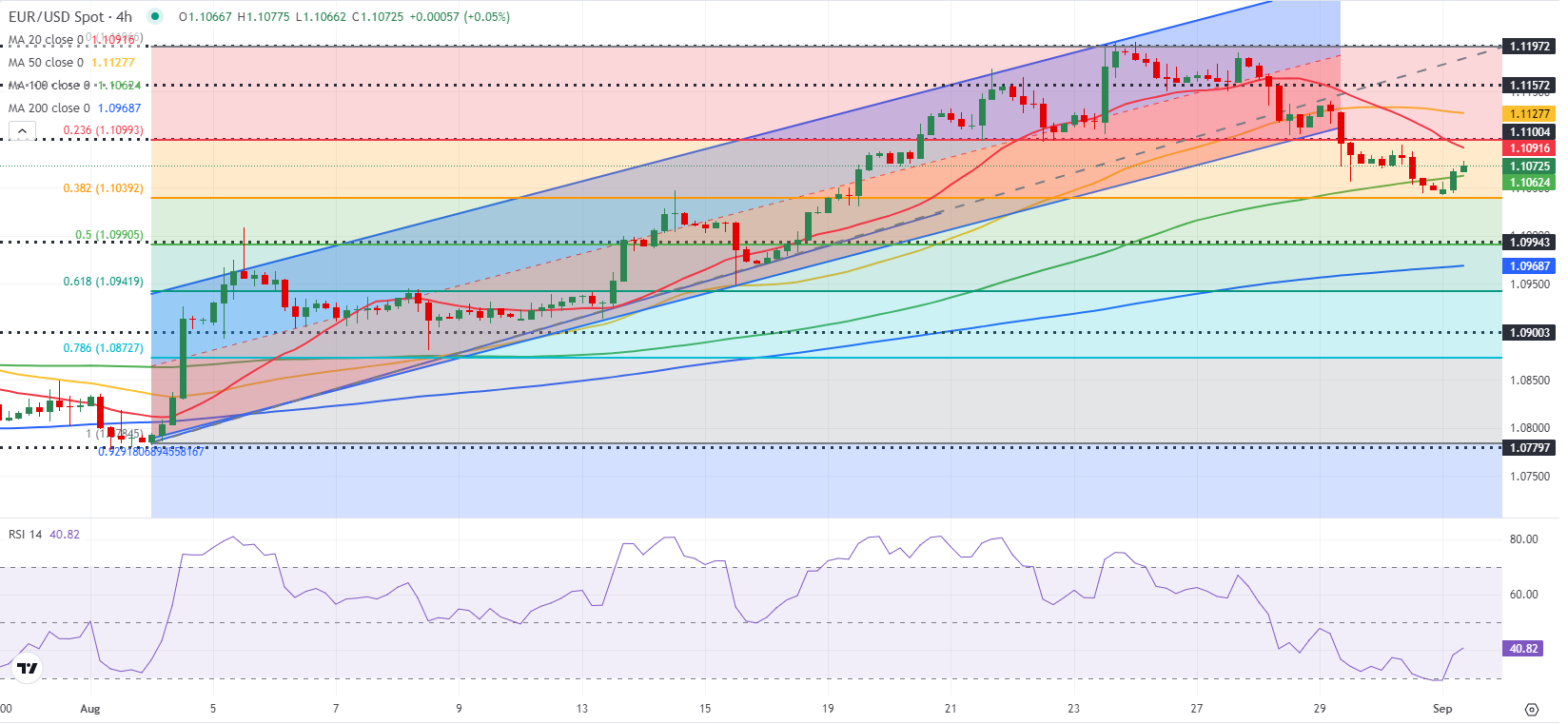
EUR/USD remained under significant bearish pressure throughout the latter half of last week, closing with substantial losses for three consecutive days. After declining more than 1% over the week, the pair attempted a technical rebound and moved above 1.1050 during the European morning session on Monday.
The US Dollar (USD) maintained its strength heading into the weekend, with markets largely ignoring the Personal Consumption Expenditures (PCE) Price Index data for July.
The US Bureau of Economic Analysis revealed that the annual PCE inflation stayed unchanged at 2.5%. In addition, the core PCE Price Index, which strips out volatile food and energy costs, showed a monthly increase of 0.2%, aligning with expectations.
With US bond and stock markets closed for the Labor Day holiday on Monday, trading activity is expected to be muted in the second half of the day.
On Tuesday, the US economic calendar will highlight the ISM Manufacturing PMI for August. As the week progresses, investors will focus on additional data from the US, including the ISM Services PMI and the August jobs report.

EUR/USD began to climb higher after nearing the 1.1040 mark, where the Fibonacci 38.2% retracement of the recent uptrend is positioned. At the time of writing, the pair was trading slightly above the 100-period Simple Moving Average (SMA) on the four-hour chart, currently near 1.1060. Should the pair confirm this level as support, the next resistance could be around 1.1100 (Fibonacci 23.6% retracement, static level), followed by 1.1130 (50-period SMA).
On the downside, a dip below 1.1060 (100-period SMA) could pave the way for a retest of 1.1040. If this support is breached, it could attract more technical sellers, potentially targeting 1.1000 (psychological level, Fibonacci 50% retracement) as the next bearish objective.



